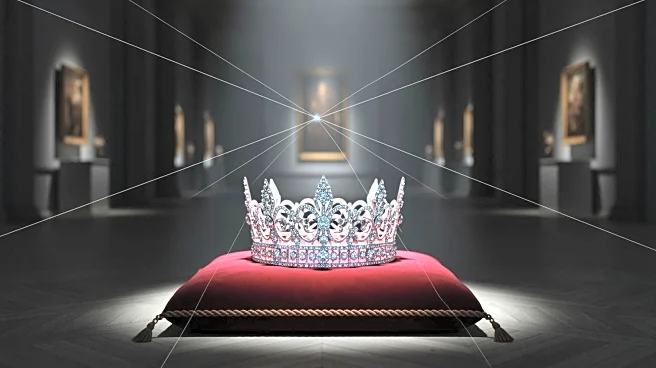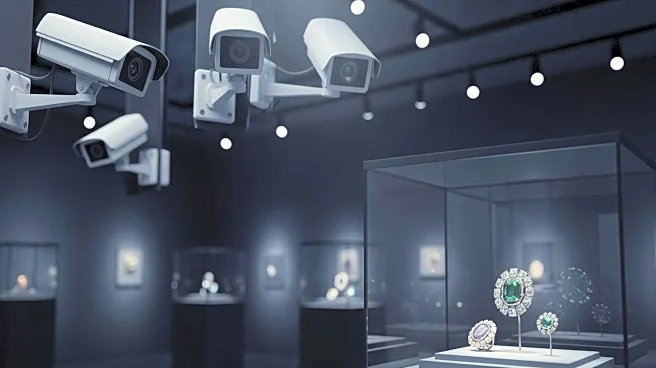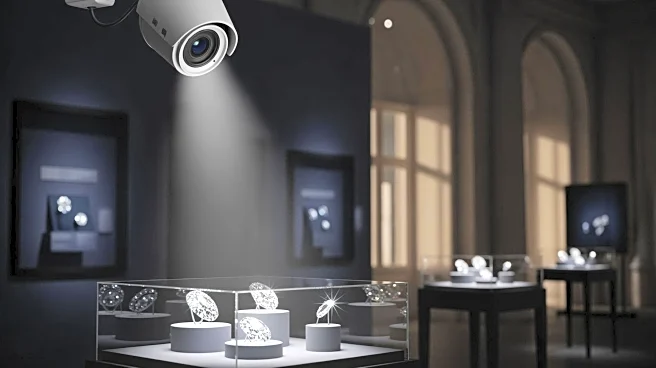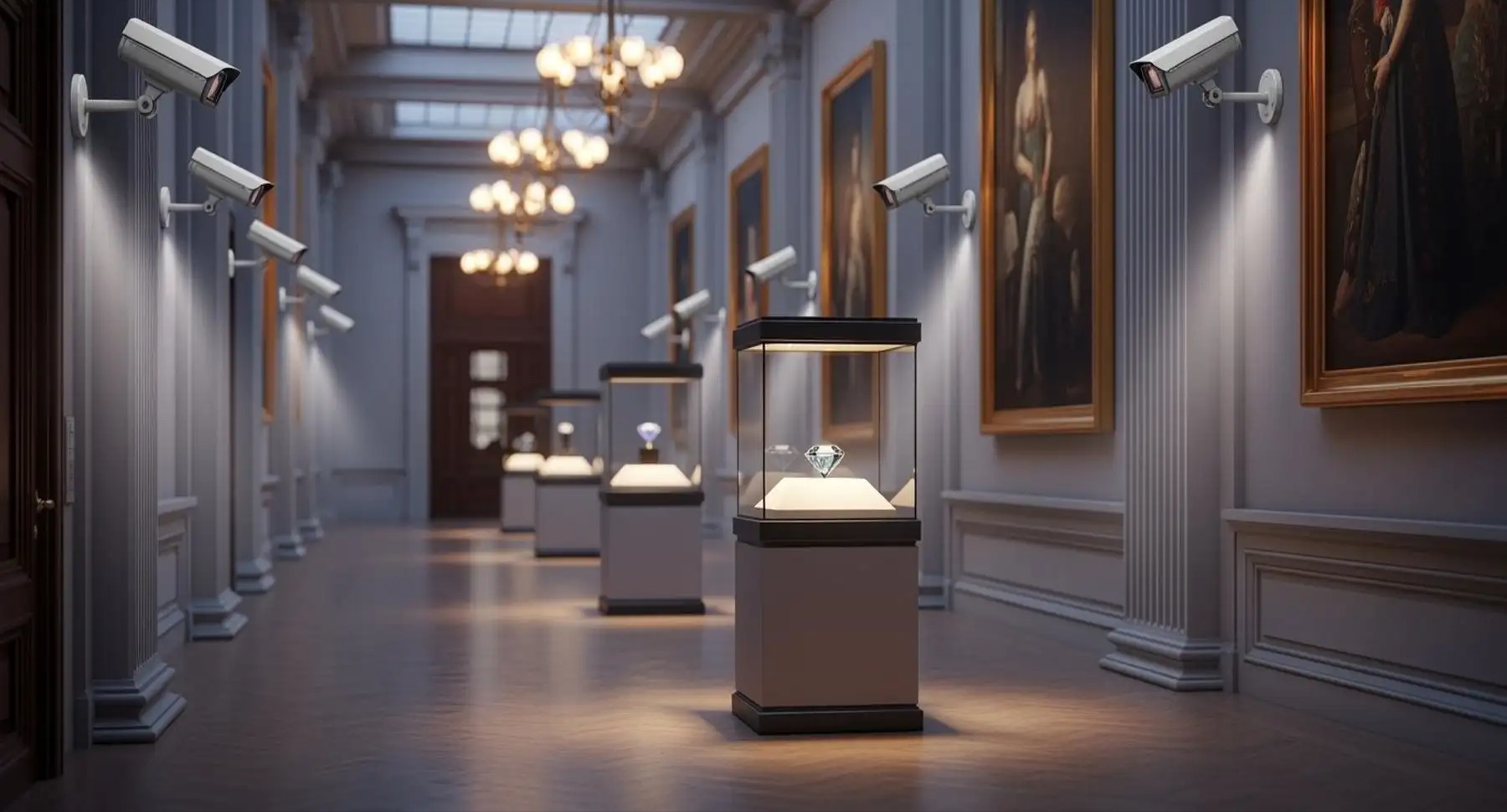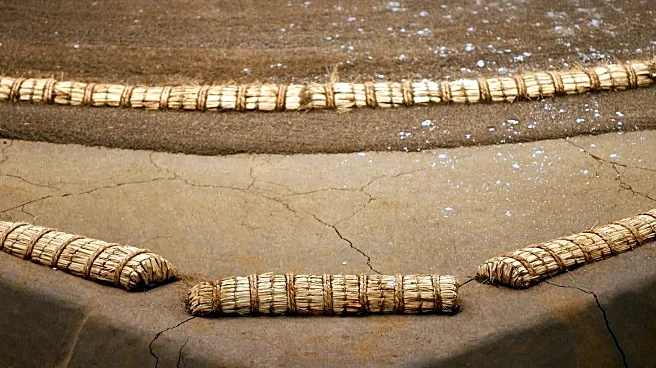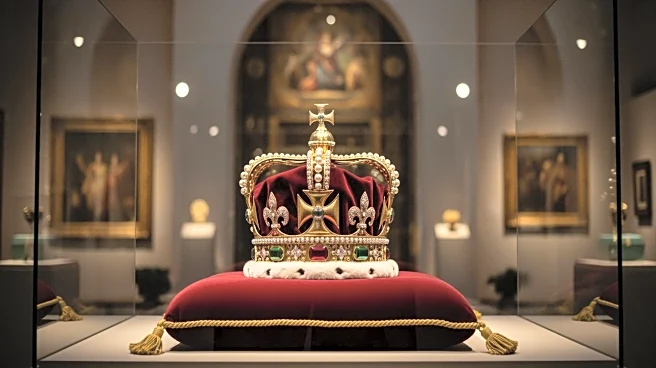What's Happening?
Thieves executed a daring heist at the Louvre Museum in Paris, stealing jewels valued at over $100 million. The robbery occurred in broad daylight, with the perpetrators using a truck equipped with a lift
to access a second-floor balcony. The museum's director, Laurence des Cars, revealed that the museum's outdated security system failed to cover the area where the thieves entered. The heist has prompted significant scrutiny over the museum's security measures, leading to the director offering her resignation, which was not accepted by the Culture Minister. The German company Böcker, which manufactured the lift used in the heist, has capitalized on the incident with a cheeky social media post, despite the misuse of their equipment.
Why It's Important?
The heist at the Louvre Museum underscores significant vulnerabilities in the security of one of the world's most renowned cultural institutions. The incident raises questions about the adequacy of security measures in place to protect invaluable cultural artifacts. The museum's failure to prevent such a high-profile theft could lead to increased pressure on cultural institutions worldwide to reassess and upgrade their security protocols. Additionally, the incident has sparked a debate on the responsibilities of equipment manufacturers when their products are used in criminal activities, as seen with Böcker's response to the misuse of their lift.
What's Next?
In the wake of the heist, there is likely to be a comprehensive review of security measures at the Louvre and potentially other museums globally. The incident may prompt increased investment in modern security technologies and infrastructure to prevent similar occurrences. Law enforcement agencies will continue their investigation to apprehend the thieves and recover the stolen jewels. The museum's management may face further scrutiny and pressure to implement immediate security enhancements to restore public confidence.
Beyond the Headlines
The heist has broader implications for the cultural sector, highlighting the need for a balance between public accessibility and the protection of cultural heritage. It also raises ethical questions about the use of humor in marketing, as demonstrated by Böcker's social media post, which could be seen as trivializing a serious crime. The incident may lead to discussions on corporate responsibility and the potential consequences of product misuse.
